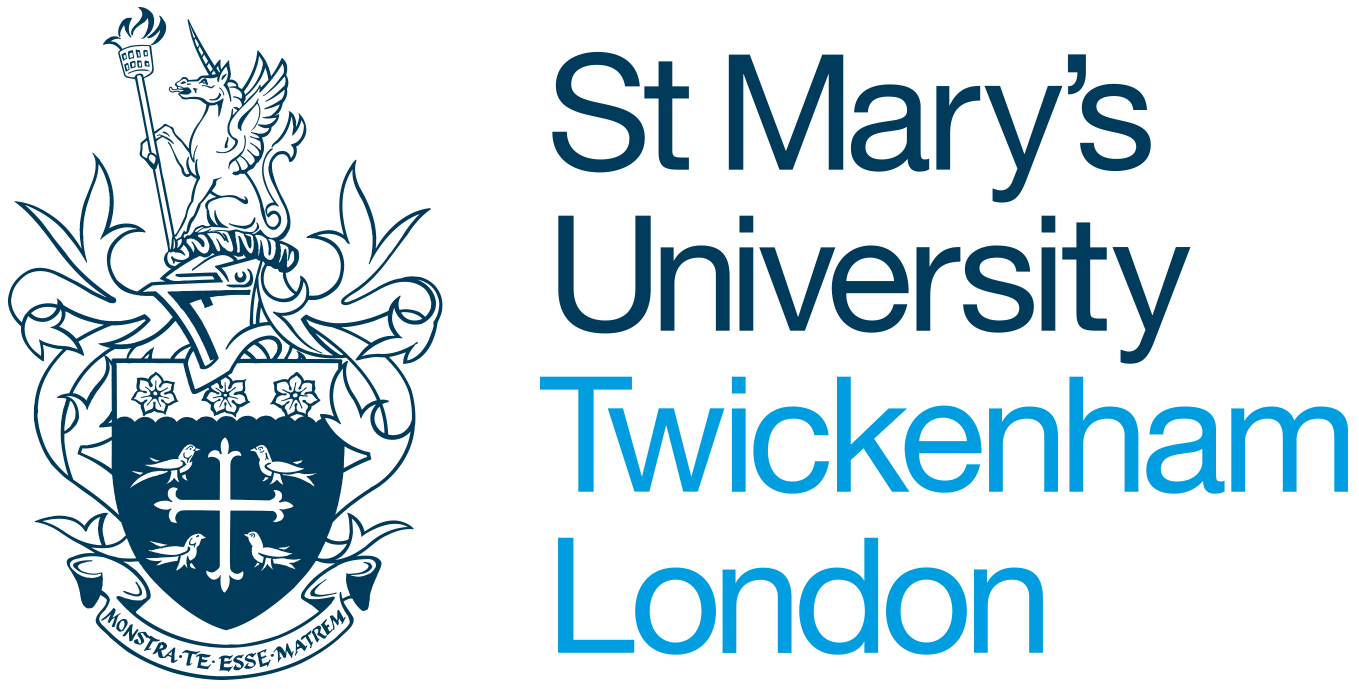Campus mobile apps can play a crucial role in enhancing attendance rates by utilizing attendance capture features that efficiently manage classroom logistics and support administrative tasks. These apps also provide personalized engagement through notifications and integrated service access, boosting student satisfaction and retention. In our July 16th webinar, we discussed how real-time attendance data enhances student achievement, with insights from the University of Plymouth and St Mary’s University, Twickenham, London on how campusM improves student support and retention.
What are the drivers for the business for deploying attendance capture?
Matthew Sherlock, Director & Product Manager – campusM
Attendance tracking presented a challenge due to gaps in the previous technology stack, such as occasional issues with scanners and mismatches in classroom mappings. Compliance complexities further impacted visibility into attendance data. It became clear that a new platform was needed, one that would ease the workload on academics and improve data visibility. The goal was to integrate attendance tracking into a comprehensive engagement platform, creating a unified view across all systems. This approach successfully increased student engagement, as evidenced by the rise in engagement levels after implementation.
There’s a lot of empirical evidence and academic research into the fact that attendance is a predictor of progression and good attainment. Attendance is an important metric in understanding student engagement and outcomes.
Kevin Braim Chief Information Officer
St Mary’s University, Twickenham, London
Attendance capture is one of the best engagement indicators-this data provides insights into a number of areas from early cause for concern, progression through a module, stage or programme and most importantly wellbeing.
Rupert Frankum Digital Experience & Platforms Manager
University of Plymouth
As an incentive to use the app, do you promote other services and offerings to help students feel a greater sense of belonging? Is this part of your rationale once they start using the app?
Matthew Sherlock, Director & Product Manager – campusM
We’re doing a number of things. Obviously, the app is just a great amalgamation of your platforms. It’s a great way for students to go there and look at their timetable and look at their attendance, look at their emails, look at their mark assessments, and so on, and an easy way to link out into things like Moodle, which is our Virtual Learning Environment (VLE). So it’s nice for the student experience, but it allows us also then to customize that engagement experience based on the type of students we have, whether it’s a 1st-year undergrad. We’re here to help and try to nudge them to achieve a better outcome for themselves.
Kevin Braim Chief Information Officer
St Mary’s University, Twickenham, London
We’ve had the app for close to 15 years now. We were using barcode scanners to scan ID cards, and the data would then go to various individual machines, get exported, uploaded, and matched. This process is quite inefficient.
Looking at where we were then and where we are now, it’s very different. A lot more automation has been put in place. The main driver for us was an engagement monitoring and recording initiative, driven by a well-being agenda. That was our main focus at the time, and it still is. We’ve seen it grow significantly from our first implementation.
Rupert Frankum
Rupert, you mentioned time and effort savings. Is that because you centralized the processes? Maybe just give a bit more around that?
Matthew Sherlock, Director & Product Manager – campusM
When we first looked at this, the focus was really on each individual lecturer or tutor using barcode scanners to capture the data. They would then manually process that data and handle any errors, along with the reporting side of things. What we’ve done now is use the data at our disposal, specifically the timetable data, and utilize the app with the attendance module to reduce some of the manual effort required. We’ve also empowered students to check in themselves, giving them control through their devices. Let’s be honest, you can’t walk around campus these days without seeing someone looking at their phone. It’s a central hub for us, bringing lots of different things together.
Rupert Frankum
Once students check in and use the app, how do you collect and report that data? Additionally, how do you ensure that the right people receive and use this data effectively?
Matthew Sherlock, Director & Product Manager – campusM
We regularly review this data at our university executive board, using it to show UKVI compliance data, as well as compliance at the student, faculty, and program levels. This helps us drive adoption and compliance with processes. When we see gaps in the data, such as programs turning red, we can intervene and have conversations with the heads of those programs to understand what’s driving low attendance in that module, program, or among specific students.
For me, having that data visible to every staff member without personal data attached allows us to see what’s happening at every level, from university to module. This has been incredibly powerful, revealing insights into data quality and compliance with standard academic processes.
Kevin Braim Chief Information Officer
St Mary’s University, Twickenham, London
As an incentive to use the app, do you promote other services and offerings to help students feel a greater sense of belonging? Is this part of your rationale once they start using the app?
Matthew Sherlock, Director & Product Manager – campusM
We’re doing a number of things. Obviously, the app is just a great amalgamation of your platforms. It’s a great way for students to go there and look at their timetable and look at their attendance, look at their emails, look at their mark assessments, and so on, and an easy way to link out into things like Moodle, which is our Virtual Learning Environment (VLE). So it’s nice for the student experience, but it allows us also then to customize that engagement experience based on the type of students we have, whether it’s a 1st-year undergrad. We’re here to help and try to nudge them to achieve a better outcome for themselves.
Kevin Braim Chief Information Officer
St Mary’s University, Twickenham, London
We’ve had the app for close to 15 years now. We were using barcode scanners to scan ID cards, and the data would then go to various individual machines, get exported, uploaded, and matched. This process is quite inefficient.
Looking at where we were then and where we are now, it’s very different. A lot more automation has been put in place. The main driver for us was an engagement monitoring and recording initiative, driven by a well-being agenda. That was our main focus at the time, and it still is. We’ve seen it grow significantly from our first implementation.
Rupert Frankum
Rupert, you mentioned time and effort savings. Is that because you centralized the processes? Maybe just give a bit more around that?
Matthew Sherlock, Director & Product Manager – campusM
When we first looked at this, the focus was really on each individual lecturer or tutor using barcode scanners to capture the data. They would then manually process that data and handle any errors, along with the reporting side of things. What we’ve done now is use the data at our disposal, specifically the timetable data, and utilize the app with the attendance module to reduce some of the manual effort required. We’ve also empowered students to check in themselves, giving them control through their devices. Let’s be honest, you can’t walk around campus these days without seeing someone looking at their phone. It’s a central hub for us, bringing lots of different things together.
Rupert Frankum
Once students check in and use the app, how do you collect and report that data? Additionally, how do you ensure that the right people receive and use this data effectively?
Matthew Sherlock, Director & Product Manager – campusM
We regularly review this data at our university executive board, using it to show UKVI compliance data, as well as compliance at the student, faculty, and program levels. This helps us drive adoption and compliance with processes. When we see gaps in the data, such as programs turning red, we can intervene and have conversations with the heads of those programs to understand what’s driving low attendance in that module, program, or among specific students.
For me, having that data visible to every staff member without personal data attached allows us to see what’s happening at every level, from university to module. This has been incredibly powerful, revealing insights into data quality and compliance with standard academic processes.
Kevin Braim Chief Information Officer
St Mary’s University, Twickenham, London
St Mary’s University, Twickenham, London
Our system supports students in various ways, so we collect this data and display it in different formats for different individuals, whether that’s student services, tutors, etc. For us, attendance data is probably the primary indicator of engagement. Not only is it useful for general attendance information for a module, but we also use it for personal tutoring. Tutors can have a more informed conversation if they notice particular trends, like a dip in attendance. This allows them to address those issues, but they can also have more meaningful conversations when attendance is strong.
We bring the data into our CRM at various levels, whether that’s at the program stage, module level, or for personal tutoring.
Rupert Frankum
You both mentioned how this data is beginning to impact student outcomes, or at least provide insights into changing behaviors and patterns of engagement. Can you reflect on how the organization has assimilated that data and started using it to have meaningful conversations that lead to changes in delivery, outreach, or other areas to improve engagement and retention?
Matthew Sherlock, Director & Product Manager – campusM
For us, aside from regulatory compliance, it’s about being able to quickly step in, understand what’s going on, and have conversations. For instance, if attendance is low, we can explore whether it’s the timing of the programs, the location, or the way it’s delivered, whether on campus or not, that’s affecting student engagement. It’s been really interesting to see how much insight this gives us into academic practices as well.
Kevin Braim Chief Information Officer
St Mary’s University, Twickenham, London
As I mentioned earlier, it leads to multiple interactions being recorded in our student success system. Tracking these interactions is crucial for demonstrating engagement, and it all starts with the attendance check-ins.
Rupert Frankum
How have you handled or dealt with any resistance from students and staff in terms of using attendance and concerns about being monitored, like a “big brother” situation?
Matthew Sherlock, Director & Product Manager – campusM
Students adopted the app really well. We gathered feedback through focus groups and polls, which provided lots of useful data. Students liked the app. It’s easy for them to see when their classes are due. Near the start of the session, they can just click and enter a one-time code, and that’s it. Really simple.
Kevin Braim Chief Information Officer
St Mary’s University, Twickenham, London
I think it’s fair to say that students today expect to check into sessions, likely because of their experiences in school and sixth form, etc. On our end, in terms of academic uptake, while there have been some areas where engagement started slower, we’ve effectively addressed those and seen good progress overall.
Rupert Frankum



St. Mary’s University, Twickenham, founded in 1850, is a prominent UK institution known for its strong academic and community focus. The university offers a diverse range of undergraduate and postgraduate programmes across four faculties. Based in the safest London borough, Richmond-on-Thames, St Mary’s is home to over 5000 students and is consistently in the top 10 for teaching quality and student experience (Times Good University Guide 2024).
The university boasts modern facilities, including extensive library resources and cutting-edge technology, enhancing both learning and research. With a diverse student body and a vibrant campus life, St. Mary’s University stands out as a dynamic institution dedicated to fostering intellectual and personal growth.



The University of Plymouth is a prominent public university located in the southwest of England. Established in 1992, it has quickly grown to become a leading institution with a strong focus on practical, research-led teaching. The university is home to over 19,000 students from around the globe and is supported by more than 2,500 staff members. Known for its emphasis on student-centered learning, Plymouth provides a rich array of academic and extracurricular opportunities that support personal and professional development. The university’s commitment to hands-on experience and innovative research ensures that students are well-prepared for their future careers and make meaningful contributions to their fields.

campusM, a mobile app designed to enhance student engagement and transform the student experience. With its intuitive design and comprehensive features, such as Attendance capture and personalized notifications, campusM promotes academic success. Learn how campusM can elevate attendance and retention at your institution by clicking here.


Ex Libris, part of Clarivate, is a leading global provider of cloud-based solutions that enable institutions and their users to create, manage, and share knowledge. In close collaboration with its customers and the broader community, Ex Libris develops solutions that increase library productivity, maximize the impact of research activities, enhance teaching and learning, and drive student mobile engagement. Ex Libris serves over 7,500 customers in 90 countries. For more information, see our website and join us on LinkedIn, YouTube, Facebook, and Twitter.






